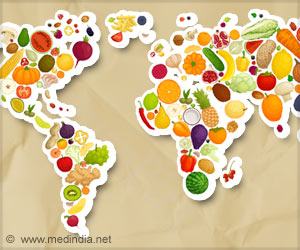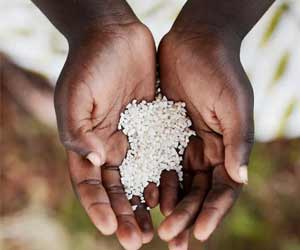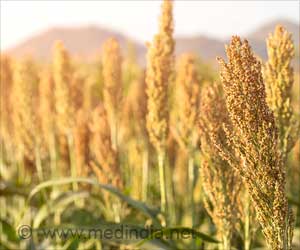Increasing rates of food insecurity in counties across the United States are independently linked to an increase in cardiovascular death rates among adults between the ages of 20 and 64.

"This study gives us a better understanding of the link between economic distress and cardiovascular disease," stated Sameed Khatana, senior author of the study. "What's going on outside the clinic has a significant influence on patients' health. There are many factors beyond the medicines we may be prescribing that can impact their wellbeing, food insecurity being one of them."
Researchers investigated data from the National Center for Health Statistics and the Map the Meal Gap study to measure county-level cardiovascular death rates and food insecurity rates from 2011 to 2017, among adults age 20 to 64 and those 65 years and older.
The researchers found that while the overall food insecurity rates for the entire country decreased between 2011 and 2017, the counties with the most increase in food insecurity levels had cardiovascular death rates that grew from 82 to 87 per 100,000 individuals. Additionally, for each 1 percent rise in food insecurity, there was a similar increase in cardiovascular death among non-elderly adults (0.83 percent).
"There has been a developing disparity when it comes to food insecurity, and this data confirms that parts of the country are being left behind. Unfortunately, this may only get more serious as the country grapples with the ramifications of the coronavirus pandemic," Khatana stated. "However, interventions that promote a community's economic wellbeing could potentially lead to improved community heart health."
The authors aim to study whether interventions that improve food insecurity could lead to better heart health.
Advertisement















